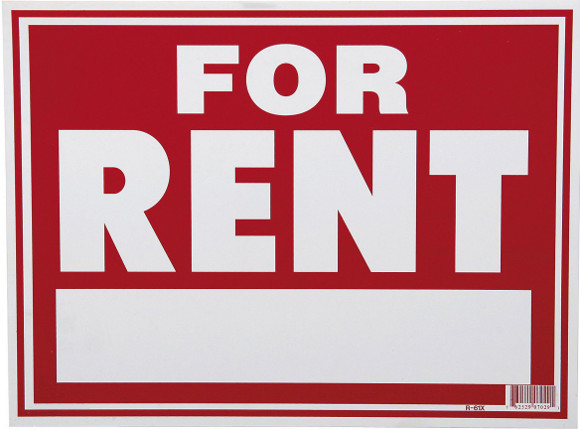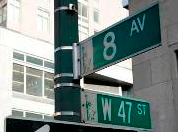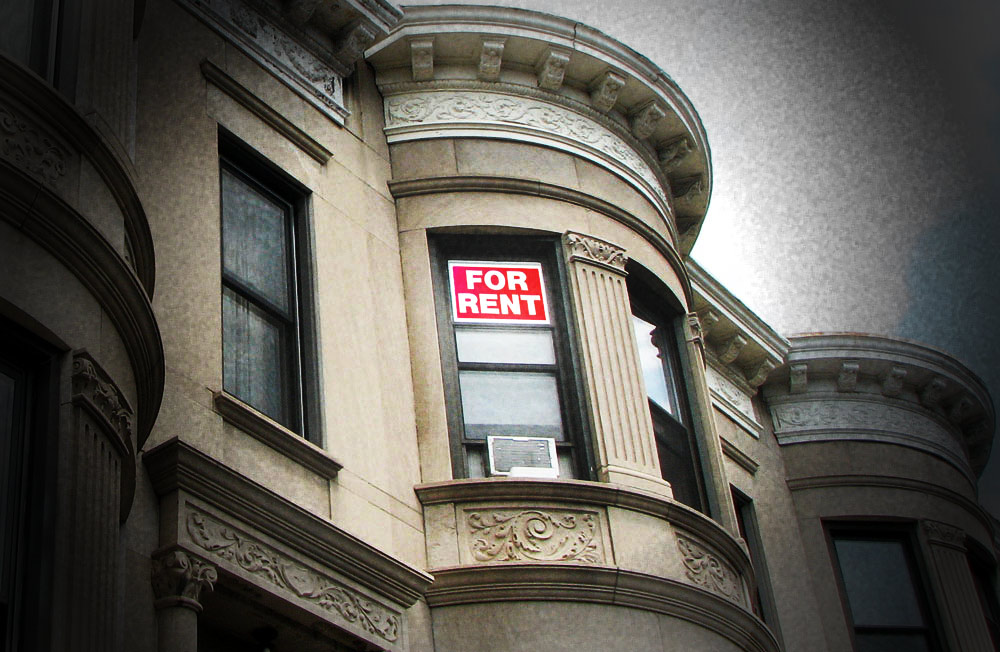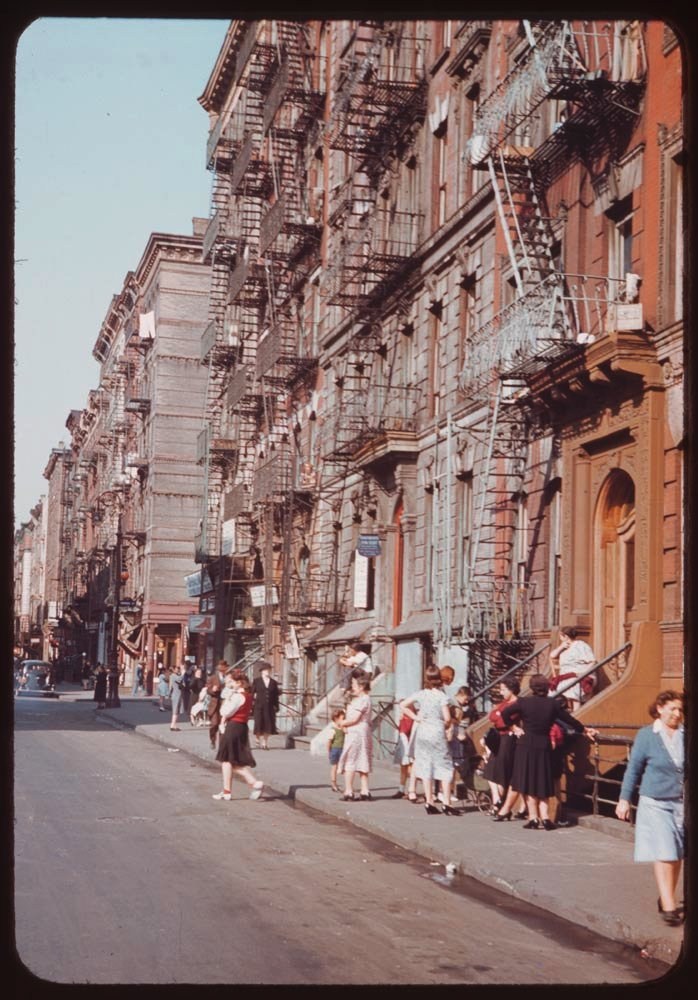
People will do crazy things to get their hands on a rent controlled apartment, from pretending to be someone’s relative to pretending their dead relative that owned the home is in fact, still alive and kicking. A book by Robert Fogelson entitled The Great Rent Wars: New York 1917-1929, explains the tumultuous story of the many attempts to fix a terrible housing situation before rent control. Enacted 70 years ago, the story of rent regulations started with a government that could care less about the issues happening with housing.







 It’s a policy that dates back to World War I: rent regulation. A housing law that currently applies to 62.6% of the
It’s a policy that dates back to World War I: rent regulation. A housing law that currently applies to 62.6% of the  While the case between the
While the case between the 
